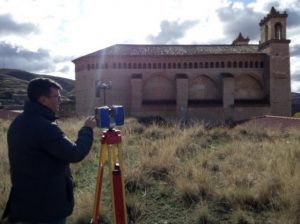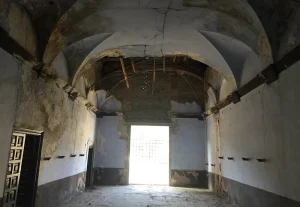
The research stay El plaster mudéjar, su uso actual has been the continuation of Pedro Bel’s doctoral thesis in which he has been able to confirm that the manufacturing technique of Mudéjar plaster did not change until the middle of the 20th century. This research delves into the traditional plaster manufacturing process to gain an in-depth knowledge of it and to detect the catalysts and motivations that favoured the changes to the current plaster production system, which increases the quantity and decreases the quality. This project has located the old plaster craftsmen and has documented the technique and its current variables. To this end, quarries and old plaster kilns have also been visited, documenting their state and making a 3D photogrammetric survey of those of special interest; the buildings in the territory with Mudejar plaster in characteristic elements have been identified with files. The ultimate objective of the conclusions is to revitalise the work spaces linked to the construction trades by reactivating them through a local company dedicated to the manufacture of traditional or Mudejar plaster.
The research has been carried out in the towns of Aniñón, Borja, Calatayud, Daroca, Fuentes de Ebro, La Almunia de Doña Godina, Longares, Maluenda, Quinto de Ebro, Ricla, San Mateo de Gállego, Tauste, Terrer, Tobed, Villamayor, Villafeliche and Villar de los Navarros.
The study shows that until 1950, gypsum production processes were traditional and that after this date there was a continuous technological development of the quarries. Those which were not updated quickly became obsolete and went bankrupt, so that it is common to find undismantled baked gypsum kilns or warehouses with gypsum stored in the old Aragonese quarries. The semi-industrialisation that took place in the 1950s altered the traditional gypsum and the most influential variation was the replacement of manual crushing by mechanical crushing.
In terms of external factors, the high demography, which was linked to a favourable social and economic environment, led to a high demand for materials and therefore accelerated pre-industrialisation.
LINE OF RESEARCH. (1) New perspectives on Mudejar art.
THE AUTHOR. Pedro Bel Anzué is an architect and holds a PhD in Architectural Heritage Restoration from the University of Granada.



